Loading
Badar holds immense significance in Islamic history as the site of the Battle of Badar, a pivotal moment where the early Muslim community, led by Prophet Muhammad (PBUH), triumphed against the Quraysh of Makkah. This victory was a turning point in the spread of Islam and is remembered for its spiritual lessons of faith, perseverance, and divine support.
Visiting Badar is a journey through history and spirituality, offering an opportunity to reflect on the sacrifices and bravery of those who fought in the battle. In this guide, we will highlight the important Ziyarat locations in Badar and how you can make the most of your visit.
Let Nour Baserti take you on a journey to Badar, where you can walk in the footsteps of those who made history. Our transportation services will ensure a smooth and memorable experience as you explore these sacred sites.
The Battlefield of Badar is the heart of this sacred Ziyarat journey. It is here that the early Muslims faced overwhelming odds but emerged victorious through the help of Allah (SWT). The site remains a symbol of faith, courage, and divine support, reminding visitors of the power of belief in the face of adversity.
Today, the battlefield offers a tranquil setting for reflection and prayer, allowing pilgrims to connect with the history and spirituality of the momentous event that shaped the future of Islam.
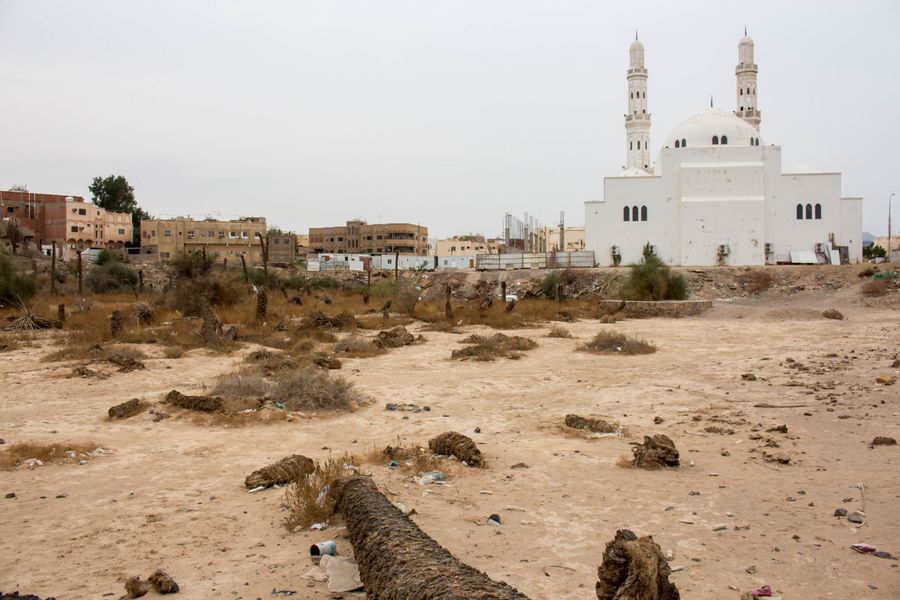
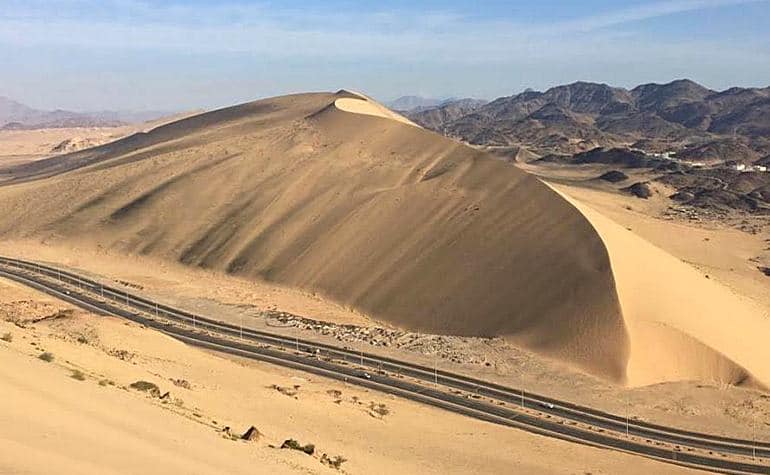
Jabal-e-Malaika, also known as the Mount of Angels, is a mountain located near Makkah, Saudi Arabia, and holds great significance in Islamic history. The mountain is closely linked to the story of Prophet Ibrahim (Abraham), who was commanded by Allah to sacrifice his son Isma’il (Ishmael) as a test of faith.
It is believed that as Prophet Ibrahim prepared to obey Allah’s command, the Devil (Shaytan) tried to dissuade him from fulfilling the test. In response, Ibrahim stoned the Devil at three different locations, one of which is believed to be Jabal-e-Malaika, a reminder of his steadfast faith and obedience to Allah.
Masjid Al-Areesh marks the location of a pivotal moment in Islamic history during the Battle of Badr in 624 CE. It is here that Prophet Muhammad (PBUH) sought refuge in a makeshift shelter (areesh) while the battle unfolded nearby. This mosque is a symbol of divine assistance, as the Prophet prayed and supplicated for victory in the midst of the conflict.
Located in Badr, within the Al Madinah Province of Saudi Arabia, the mosque is close to the battlefield and the graves of the martyrs. It serves as a place for reflection and connection to the heroic struggle that defined the early Muslim community’s triumph.
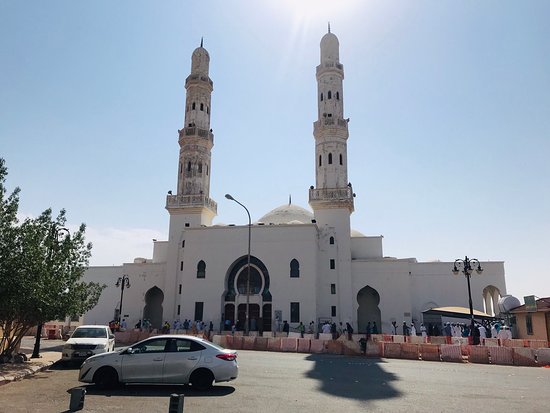
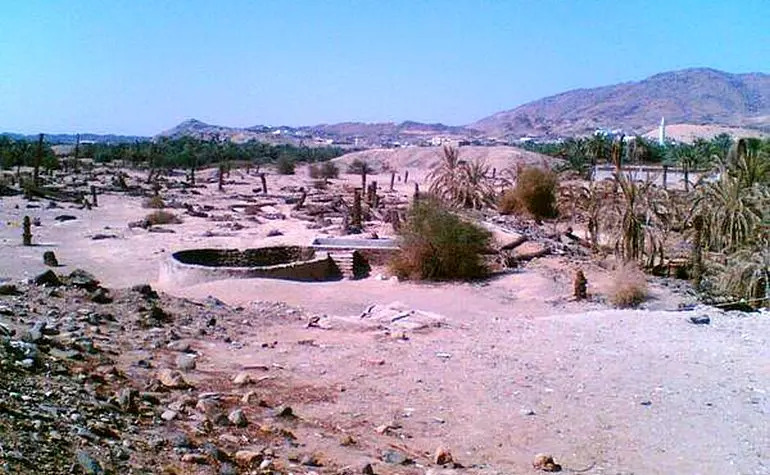
The Well of Badar holds historical significance as the source of water during the Battle of Badar. According to Islamic tradition, the Prophet (PBUH) and his companions drank from this well during the battle, and it is considered a blessed site. The well remains a popular spot for visitors to reflect and pray, as it is believed to carry spiritual significance and blessings for those who seek it.
The graves of the martyrs of Badar are a somber and powerful reminder of the sacrifices made by the companions of Prophet Muhammad (PBUH) during the battle. These noble souls gave their lives in defense of Islam and the Prophet (PBUH), and their graves continue to inspire pilgrims who visit to pay their respects and reflect on their courage and devotion.
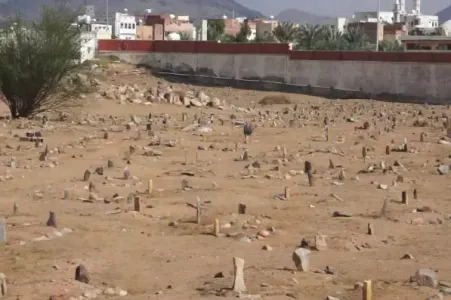
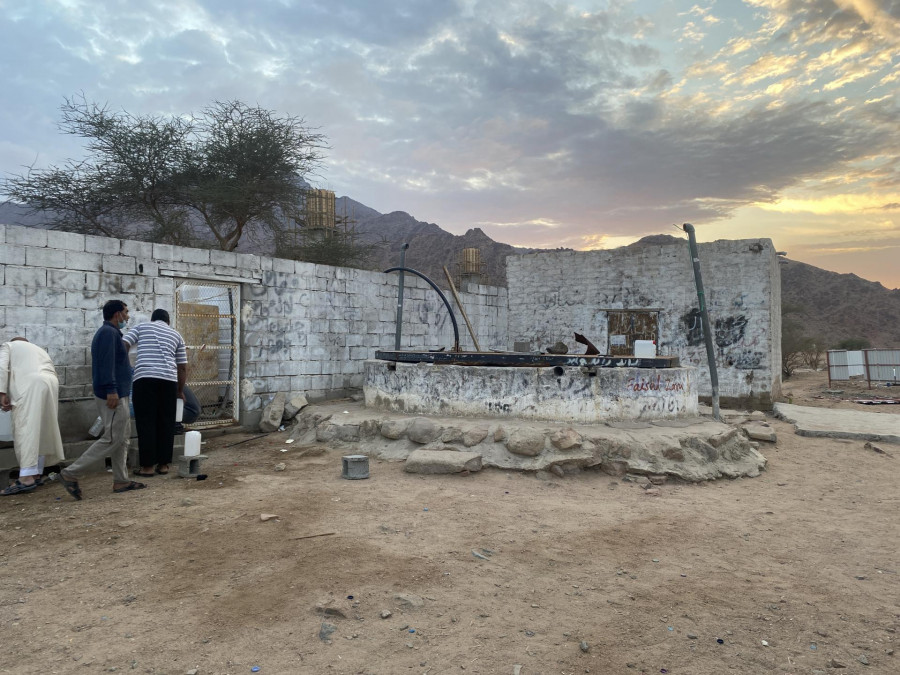
Bir Arrawha, also known as Bir-e-Shifa, is a revered well located near Madinah. This well holds significant religious and historical importance, as it is believed that the Prophet Muhammad (PBUH) visited it during his lifetime. The well is steeped in various traditions and is considered a site of spiritual significance.
The name “Bir-e-Shifa” translates to “Well of Healing,” and it is traditionally believed that the water from this well possesses healing properties. It draws numerous visitors seeking both physical and spiritual relief, making it a symbol of divine blessing and mercy.